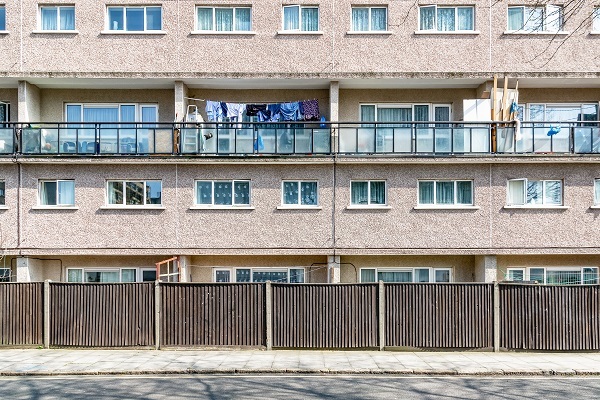You are viewing 1 of your 1 free articles
Lifting borrowing caps would build 15,000 new council homes, says report
Raising councils’ Housing Revenue Account (HRA) borrowing caps would allow them to deliver at least 15,000 new homes, according to Savills research.
It comes ahead of the chancellor’s Autumn Budget on Wednesday, with some councils hopeful of an announcement on deals involving debt caps.
Three councils – Sheffield, Stoke, and Newark and Sherwood – have been engaged in discussions with government officials about such deals for many months, while several other councils have also put forward proposals.
The Association of Retained Council Housing (ARCH) and the National Federation of ALMOs (NFA) – which commissioned the research and have been aiding the talks – called on Philip Hammond to allow local authorities to set their own financing limits.
The report models the impact of replacing debt caps with a system that would allow councils to manage their HRA business plans in line with the Prudential Code for public borrowing.
It found that 89% of councils have borrowed to within 20% of their total borrowing capacity – and that only a small minority are “significantly under-borrowing” against their limit.
Those councils pressed up close to their borrowing caps have 60% of total borrowing headroom – enough potential investment for 15,000 homes, according to the study.
Researchers said the analysis challenged the suggestion that borrowing headroom which could help build more homes is going unused.
The research found that councils cited the Right to Buy as the main reason they would not borrow to build more housing.
And they said that local authority HRAs have much smaller reserves than housing associations, meaning they are not as able to plan for the future without extra borrowing.
Eamon McGoldrick, managing director of the NFA, said: “A review of the 2012 HRA borrowing rules to enable councils to sensibly invest in the supply of new homes is long overdue.
Read our Who’s Who in Local Authority Housing Development List
“There is currently significant disparity in the way local authority borrowing is treated compared to the housing association sector.”
John Bibby, chief executive of ARCH, said: “The research clearly shows that the overwhelming majority of authorities are managing their HRA borrowing in the context of prudent housing business planning and that stock-retained councils will invest, given policy clarity and the opportunities and the right climate to do so.”
The research found that councils cited the Right to Buy as the main reason they would not borrow to build more housing.
The report, titled Raising the Roof, is attached below.













